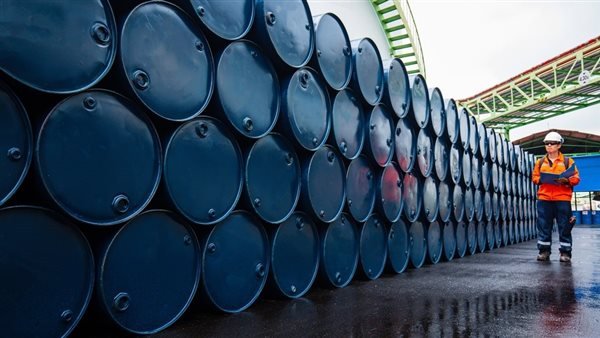
Oil prices rose on Monday after the fall of Syrian President Bashar al-Assad’s regime brought more uncertainty to the Middle East, although gains were limited by declining demand expectations for next year.
Brent crude futures rose 36 cents, or 0.51 percent, to $71.48 per barrel, and US West Texas Intermediate crude futures rose 37 cents, or 0.55 percent, to $67.57 per barrel.
Saudi Aramco, the world’s largest exporter of crude oil, said on Sunday that it had reduced its prices for January 2025 for Asian buyers to the lowest level since early 2021, as weak demand from the largest importer, China, weighs on the market.
On Thursday, the Organization of the Petroleum Exporting Countries and its allies, a group known as OPEC+, postponed the start of increasing oil production by three months until April and extended the full unwinding of cuts by a year until the end of 2026.
OPEC+, responsible for about half of the world’s oil production, had planned to start unwinding the cuts from October 2024, but slowing global demand – especially from China, the largest crude importer – and rising production elsewhere forced it to postpone the plan several times.
The number of oil and gas rigs deployed in the United States last week reached the highest level since mid-September, indicating an increase in production from the largest crude producer in the world.
With oversupply emerging next year, both Brent and WTI posted losses over the past two weeks respectively.
As prices fell, money managers raised net long futures and options positions in U.S. crude in the week through December 3, the U.S. Commodity Futures Trading Commission said on Friday.
Investors are bracing for a week of data, including a key US inflation report on Wednesday that will provide more clues to the Fed’s interest rate plans.
Even additional interest rate cuts by the Fed are unlikely to ease oil market concerns about weakening global economic growth and its impact on demand, ANZ Bank analysts said in a note on Monday.
Beijing will also host a conference this week where policymakers are expected to chart the course of the country’s economy in 2025.
Data on Monday showed that consumer inflation in China hit a five-month low in November while factories continued to contract, suggesting that efforts to support faltering economic demand are having limited impact.



